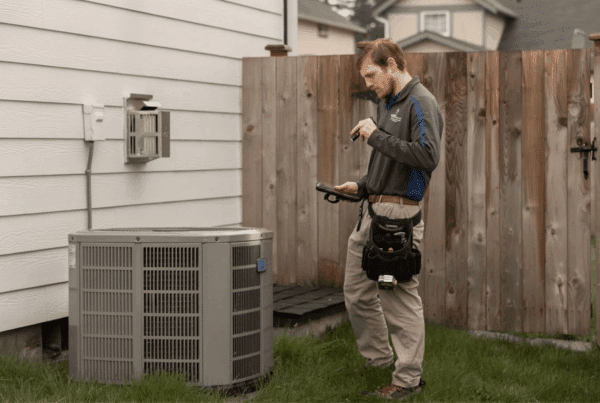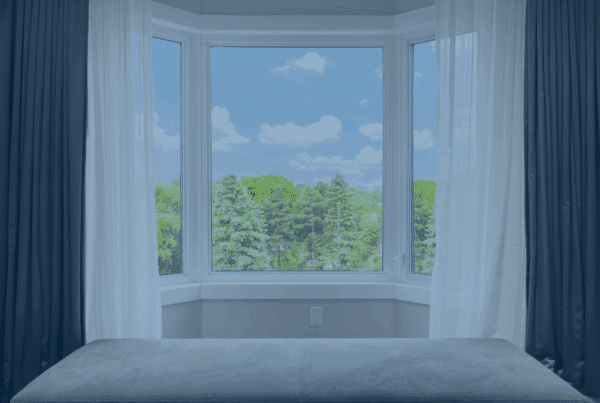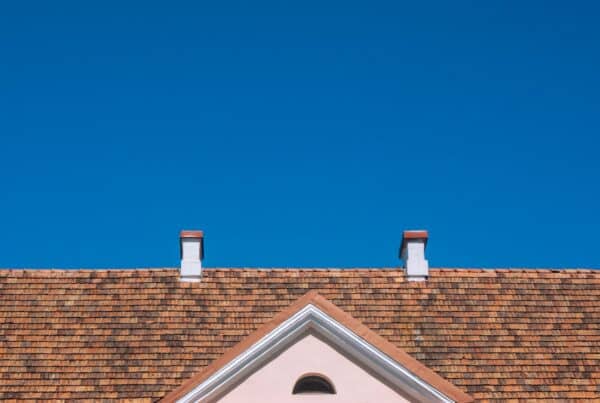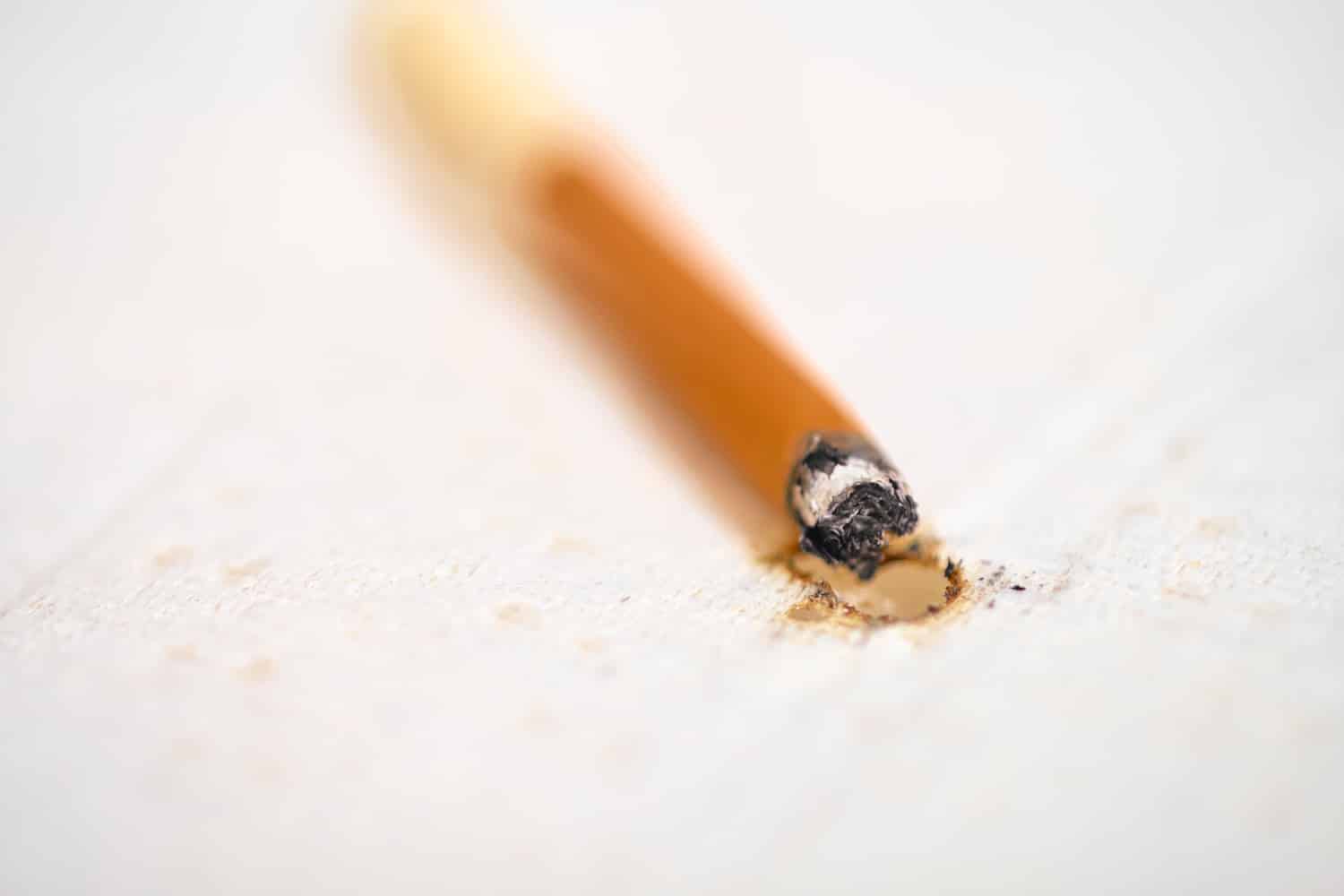
Cigarette smoke doesn’t just leave behind a strong odor. It seeps into everything. Walls, vents, floors, furniture, even the air system. Once it’s in, it can be tough to remove.
If you’ve moved into a home where someone used to smoke, or you’re getting ready to sell a property with that lingering smell, it’s important to know the problem goes beyond the surface. Smoke particles cling to materials and leave behind a sticky film called thirdhand smoke. That residue is harder to spot but just as stubborn as the smell itself.
In this guide, we’ll show you how to get rid of cigarette smell, clean the residue it leaves behind, and figure out when the damage might run deeper than it seems.
Why the Smell Stays So Long
Cigarette smell is made of thousands of tiny particles and chemicals that are hard to get rid of. Once released, they don’t just float around. They stick to drywall, carpet, tile grout, and HVAC ducts.
That’s why you might still smell it even after opening windows or scrubbing surfaces.
According to the CDC, thirdhand smoke can hang around for months and may carry toxic chemicals that are harmful, especially for young kids and people with breathing problems.
A study shared by Realtor.com also found that smoke damage can reduce a home’s value by up to 29 percent.
So if you’re wondering why air fresheners don’t work, it’s because the problem isn’t just in the air. It’s in the structure of the home.
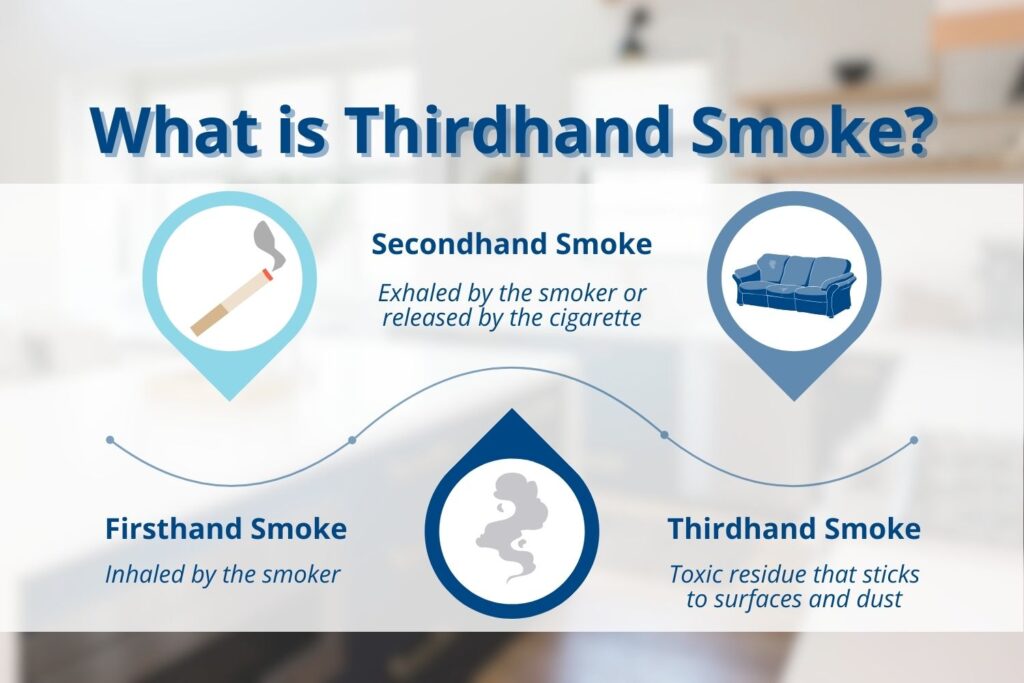
Step 1: Let Fresh Air In
Start with the basics. Open every window and door to let fresh air flow through the house. Use box fans to pull old air out and bring clean air in.
Even though this won’t eliminate the smell entirely, it helps reduce it while you clean. If you have a ceiling fan or exhaust fans in the kitchen and bathroom, turn those on too.
Constant airflow helps remove lingering smoke particles from the air.
Step 2: Wash Every Surface You Can Reach
The most important thing you can do is to clean. Smoke doesn’t just stay on the walls. It settles on everything.
Use a mix of white vinegar and warm water, or try a degreasing cleaner like trisodium phosphate (TSP) for tougher jobs. Wipe down:
- Walls and ceilings
- Doors and trim
- Light switches and outlets
- Window sills and glass
- Cabinet doors and shelves
- Baseboards and floors
Don’t forget high places like the tops of cabinets and ceiling fans. These spots collect residue quickly.
Step 3: Treat or Replace Soft Surfaces
Fabrics absorb smoke more than anything else. Curtains, rugs, couches, pillows, and bedding all hold onto odor and residue.
Wash what you can in a machine with vinegar or odor-removing detergent. Sprinkle baking soda on carpets or upholstery to help absorb smells before vacuuming. If the smell is still there after cleaning, replacement might be a better option.
What to expect cost-wise:
- Rug replacement: around $100 to $700
- Upholstery steam cleaning: typically $100 to $300 per room
- New curtains or blinds: $50 to $200 per window, depending on the material
Step 4: Clean the HVAC System
If smoke was in the house for a long time, it likely got into the air system. That means it will keep circulating through vents unless it’s removed.
Start by replacing the air filter. Then, clean all vent covers and returns with soap and water. For deeper cleaning, consider hiring a professional duct cleaning service.
The EPA estimates that duct cleaning costs anywhere from $450 to $1,000 depending on the size of your system. It may seem like a big investment, but it makes a major difference in air quality.
You can also add a HEPA air purifier with activated carbon to help clean the air continuously.
Step 5: Paint the Right Way
Painting over smoke damage might sound like a quick fix, but it won’t help get rid of the cigarette smell unless you prep the walls correctly. Otherwise, the smell and stains will come right through the new paint.
Here’s the process to follow:
- Wash the walls with vinegar or a degreaser
- Use an odor-blocking primer (products like Kilz Restoration or Zinsser B-I-N work well)
- Then, apply two coats of interior paint
For a full interior repaint of a medium-sized home, expect to spend between $2,000 and $4,000 if you hire a pro. If you do it yourself, make sure you don’t skip the primer. It’s the most important part.
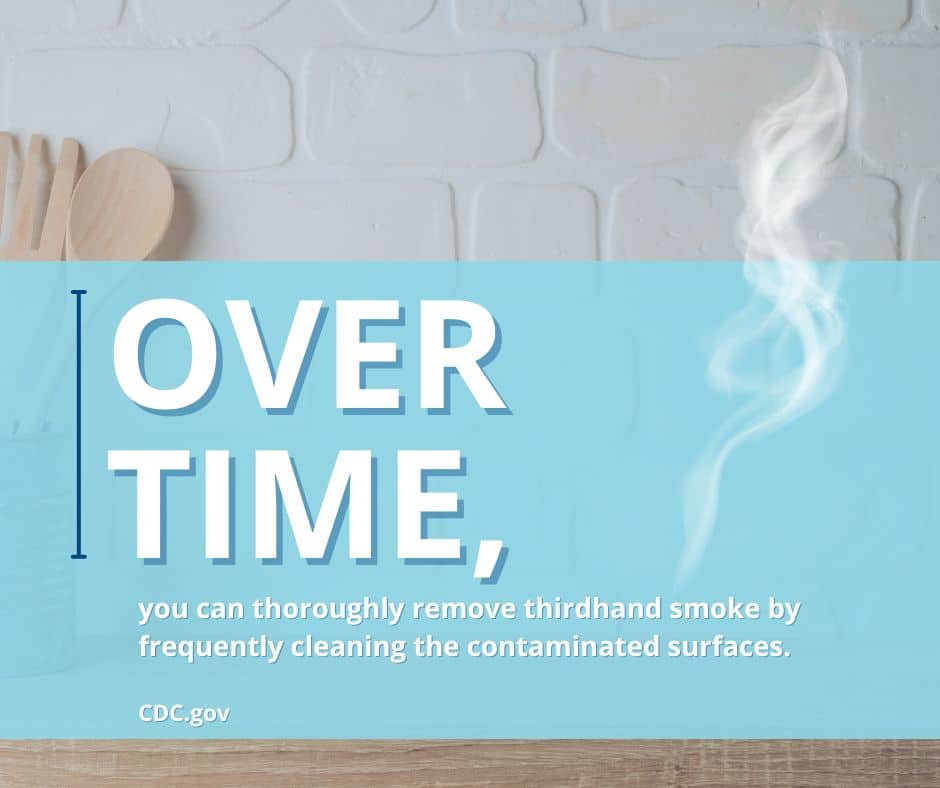
Hidden Problems to Watch For
Sometimes, smoke damage goes further than you think. Even after cleaning and painting, you might still notice:
- A stale smell when the air conditioner or heater runs
- Yellow stains around air vents or in corners
- Sticky residue that won’t come off
- A dusty film that returns quickly
- Eye, throat, or allergy symptoms that get worse indoors
These are signs that the damage may be deeper. Smoke can hide in insulation, behind walls, or even inside the structure of the home. At this point, it’s worth getting a professional inspection to see what’s going on.
When to Call a Home Inspector
If you’ve tried everything and the smoke smell keeps coming back, or you’re unsure how far the damage goes, a home inspection can help.
An inspector can check:
- Whether insulation or drywall is holding onto smoke
- If your HVAC system needs more than just a filter change
- If ventilation problems are making things worse
- Whether the smoke damage is surface-level or more serious
This is especially important if you’re buying or selling a home. Smoke issues that go unnoticed can lead to unexpected costs after closing. An inspection gives you a clear picture so you can move forward with confidence.
Final Thoughts
Figuring out how to get rid of cigarette smell inside your home isn’t always easy, but it’s possible. The key is treating the problem at every level, not just the smell in the air, but the particles and residue left behind.
Start with ventilation, clean everything you can, and don’t cut corners when it comes to air systems or painting. If you’ve done all that and the problem still lingers, a home inspection can help uncover the source and guide you on what to do next.
Boggs Inspection Services is here to help if you need an expert set of eyes. Whether you’re cleaning up a property, preparing to buy, or ready to sell, we’ll help you get answers and peace of mind you can trust.

